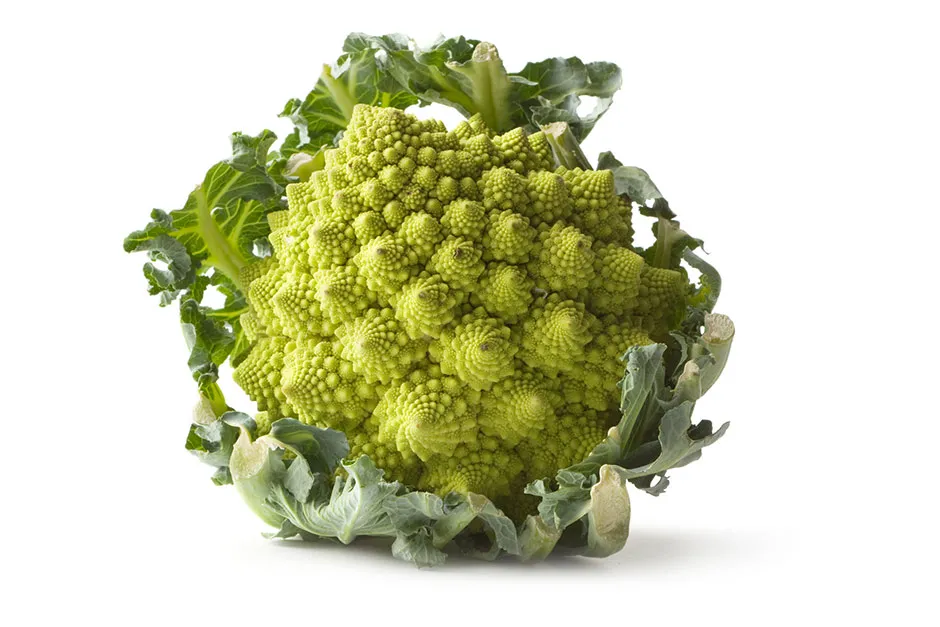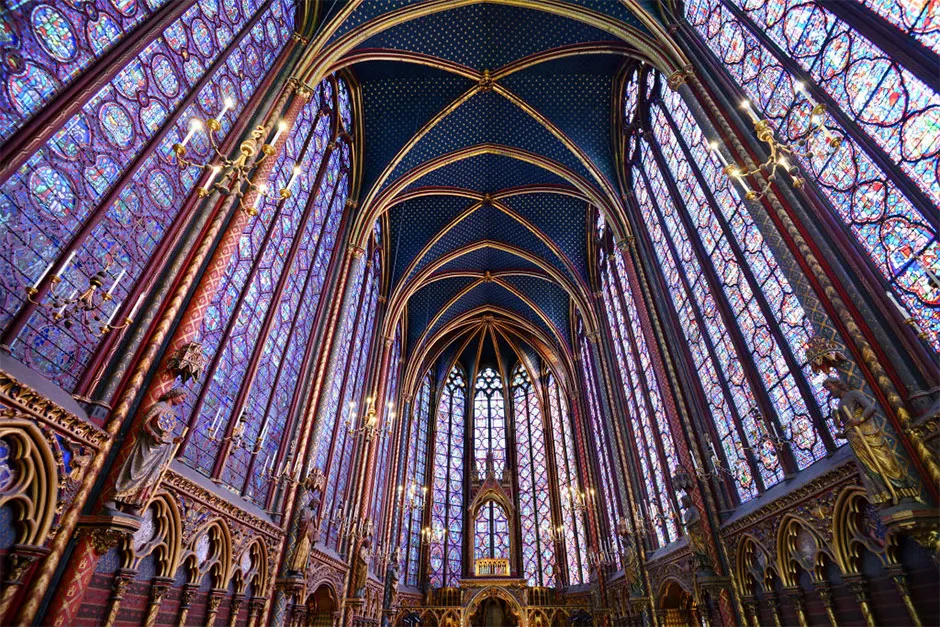A few years ago, I had a profound experience while driving through a storm. The drenching rain had just subsided just enough to reveal, through the parted clouds in one direction, the setting sun, and in the other direction, an unbroken rainbow.
I stared in awe for a moment before I gradually became aware of an even more beautiful sight — a second, fainter rainbow just outside the first one, with colours reversed. This rare, fully-orbed double rainbow, in its slowly revealing grandeur, was stunning and beautiful.
Mathematics can be beautiful like that, though I recognise that calling maths ‘beautiful’ may seem to you quite strange. If you’ve been taught maths as a memorised set of arithmetic procedures without joyful sense-making to build understanding, then of course, maths won’t be any more beautiful than a one of those dry instruction manuals you get with cheap furniture.
Yet mathematicians usually cite beauty as one of the main reasons they pursue mathematics. One study even showed that mathematicians respond to mathematical beauty in a similar way to how others respond to visual, musical, or moral beauty — with the activation of a part of the brain that handles emotion, learning, pleasure, and reward.
Read more about maths:
- What is maths?
- The four-dimensional life of mathematician Charles Howard Hinton
- Can maths be beautiful?
What, then, is this beauty that some see when they encounter mathematics? I will help you taste this beauty, not by trying to show you beautiful maths (there’s not space for that here), but by helping you understand how beautiful maths feels. This beauty can be an enticement to learn more.
The first and most accessible kind of mathematical beauty is sensory beauty. This is the beauty of patterned objects that you experience with the senses: sight, touch, sound. Such objects can be natural, artificial, or virtual.
A rainbow, striking patterns in ripples of sand, the fractal pattern of a Romanesco cauliflower, and the stripes of a zebra are all produced by mathematical laws. Music is a pattern of sound waves that produces feelings of sensory beauty. Artwork in every culture includes patterns, sometimes created by using complex mathematical ideas.

The feeling of sensory mathematical beauty is like the feelings that nature evokes. You feel joy, similar to when walking through a beautiful forest. You begin to esteem the order and the patterns that you see. You become attentive to little details. Your soul quiets.
If you’ve ever been to the Sainte-Chapelle in Paris and bathed in the dazzling patterns of sunlight streaming through the stained glass, you’ll know what I’m talking about.
Architecture and music, because of their immersive mathematical natures, can enhance feelings of sensory beauty. When you experience sensory beauty in the form of a rainbow, aren’t you just experiencing abstract algebra, calculus, and geometry in the wild?

A second kind of mathematical beauty is what I’ll call wondrous beauty, since it evokes feelings of awe — from seeing something wondrous, and curiosity — causing the mind to wonder, to be curious, to ask questions. While sensory beauty usually concerns itself with physical objects, wondrous mathematical beauty is the beauty of ideas.
Wondrous beauty can follow from sensory beauty.
If you witness a marvellous rainbow, you might begin to ask, How does it happen? If you listen to an uplifting harmony, you may begin to ask, Why does it sound so glorious? Both how and why are the start of conversations with mathematical ideas.
But wondrous beauty can be independent of sensory beauty. When a mathematician sees beauty in an equation, like E = mc2, she isn’t admiring it for its written physical form. She is admiring it for the idea contained within, which says that somehow energy and mass are interconvertible, with a small amount of mass equivalent to a large amount of energy. She feels both awe and curiosity.
Read more about beauty:
- What makes someone objectively beautiful?
- Seven beautiful clouds to brighten your day
- Why do we find circles so beautiful?
A third type of mathematical beauty may be described as insightful beauty. It is distinguished from sensory beauty, which concerns itself with objects, and wondrous beauty, which concerns itself with ideas. Insightful beauty is the beauty of reasoning, such as a mathematical model for explaining a rainbow, or a proof of a theorem in geometry.
Logically correct deductions are not sufficient for those who love insightful beauty — they often look for the best proofs, the simplest or most insightful. Mathematicians like to call such proofs elegant. The mathematician Paul Erdős often spoke of “The Book” that God keeps, in which all the most elegant proofs of theorems are recorded.
Insightful beauty relies on elegant reasoning in the same way that the beauty of a poem relies on the words chosen. So insightful beauty has the surprising feature that it depends strongly on communication. What should be an elegant, lucid proof may be neither lucid nor elegant if communicated poorly.
But when communicated well, it can move the soul like a poem, or induce delight like the surprise ending of well-told joke. Mathematical explorers crave the feelings that insightful beauty generates. One especially powerful feeling is the aha! moment, a flash of insight — that thrill of sudden understanding, when something foggy becomes crystal clear, like finding an elegant solution or illuminating proof.

The emotion that follows is the giddy excitement often associated with seeing the big picture, when everything finally makes sense.
Insightful mathematical beauty is like the feeling, while you’re shopping, of stumbling on a sale for an item you never knew you needed that meets desires you never knew you had. It’s like the feeling of watching the ending of a mystery movie, when everything gets explained.
And just as people watch movies a second time to see new details, a mathematical explorer enjoys dwelling a second time on the threads of an insightful argument, to think about its ramifications, generalisations, or applications.
The deepest experience of mathematical beauty is to be found in transcendent beauty. It can amplify or be amplified by sensory, wondrous, or insightful beauty, but it goes well beyond.
Transcendent beauty generally arises when one moves from the beauty of a specific object, idea, or reasoning to a greater truth of some kind — perhaps an insight that reveals its deep significance, or a deep connection to other known ideas.
When you experience this kind of beauty, you feel a profound awe and even a sense of gratefulness. We may feel this transcendence when the sensory geometric beauty of a majestic architectural space hits us at a deep level. Or when we see a simple idea appear in many different forms across multiple areas of mathematics. Or when we grasp that a certain elegant concept can generalise to many other situations.
The transcendent beauty we find in the world provokes the feeling that there’s something beyond our grasp, waiting to be found, that may be of ultimate meaning. C.S. Lewis spoke of sublime experiences of beauty as “the scent of a flower we have not found, the echo of a tune we have not heard, news from a country we have never visited.”
In a similar way, mathematics can feel transcendent. When you see the same beautiful idea pop up everywhere, you begin to think that it is pointing to some deeper truth you haven’t yet grasped.
When you realise that you’ve had exactly the same mathematical thoughts as another person — separated from you by oceans, culture, and time — you begin to believe there might be a universal, enduring reality that you are both somehow accessing. There are whispers calling us, but we have not yet found their source.
Would you like to experience mathematical beauty? It’s within your reach. A profound and joyful encounter awaits.
This essay is adapted from a chapter in Francis Su's book, Mathematics for Human Flourishing, out now (£20, Yale University Press).
- Buy now from Amazon UK, Waterstones or WHSmith